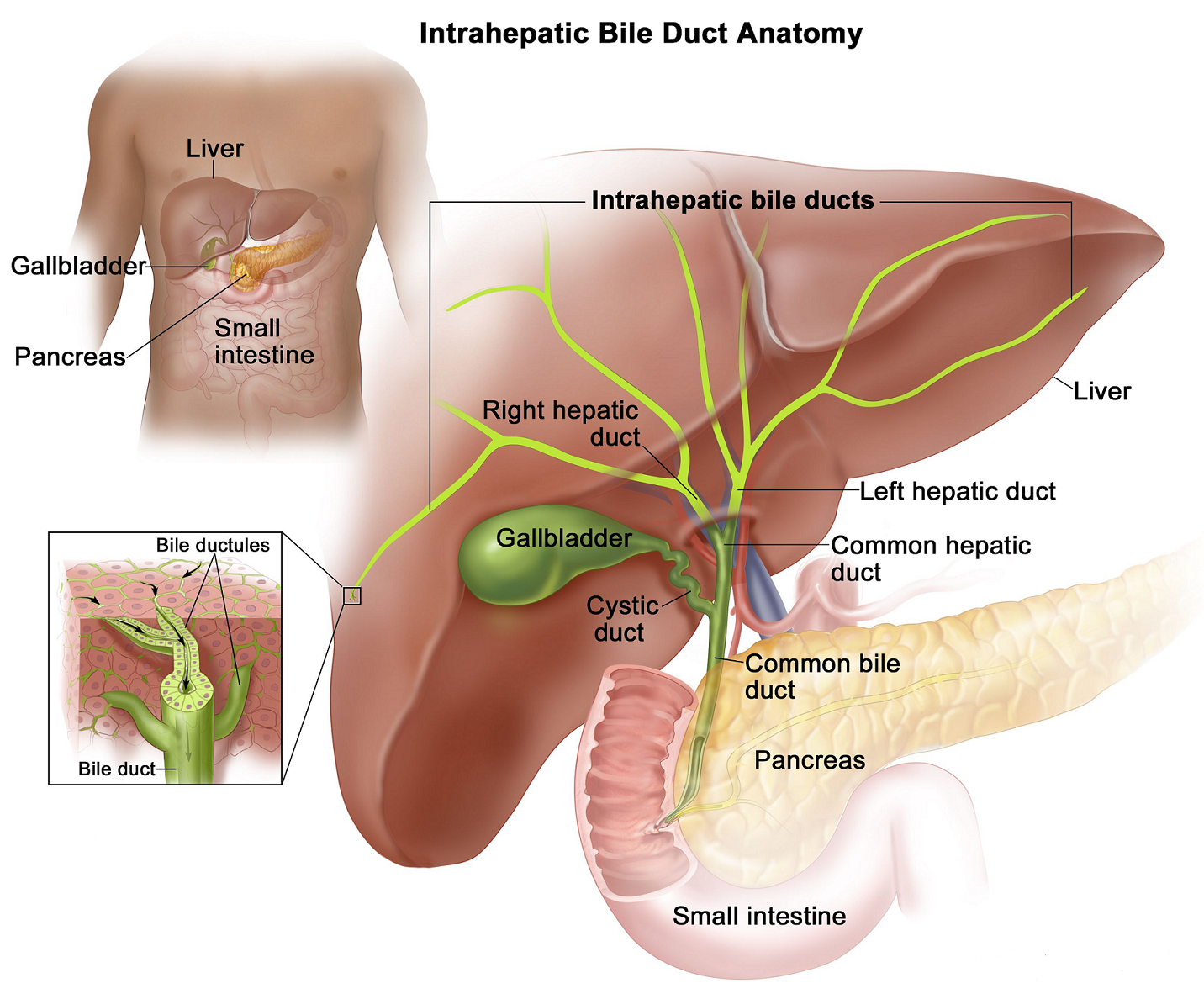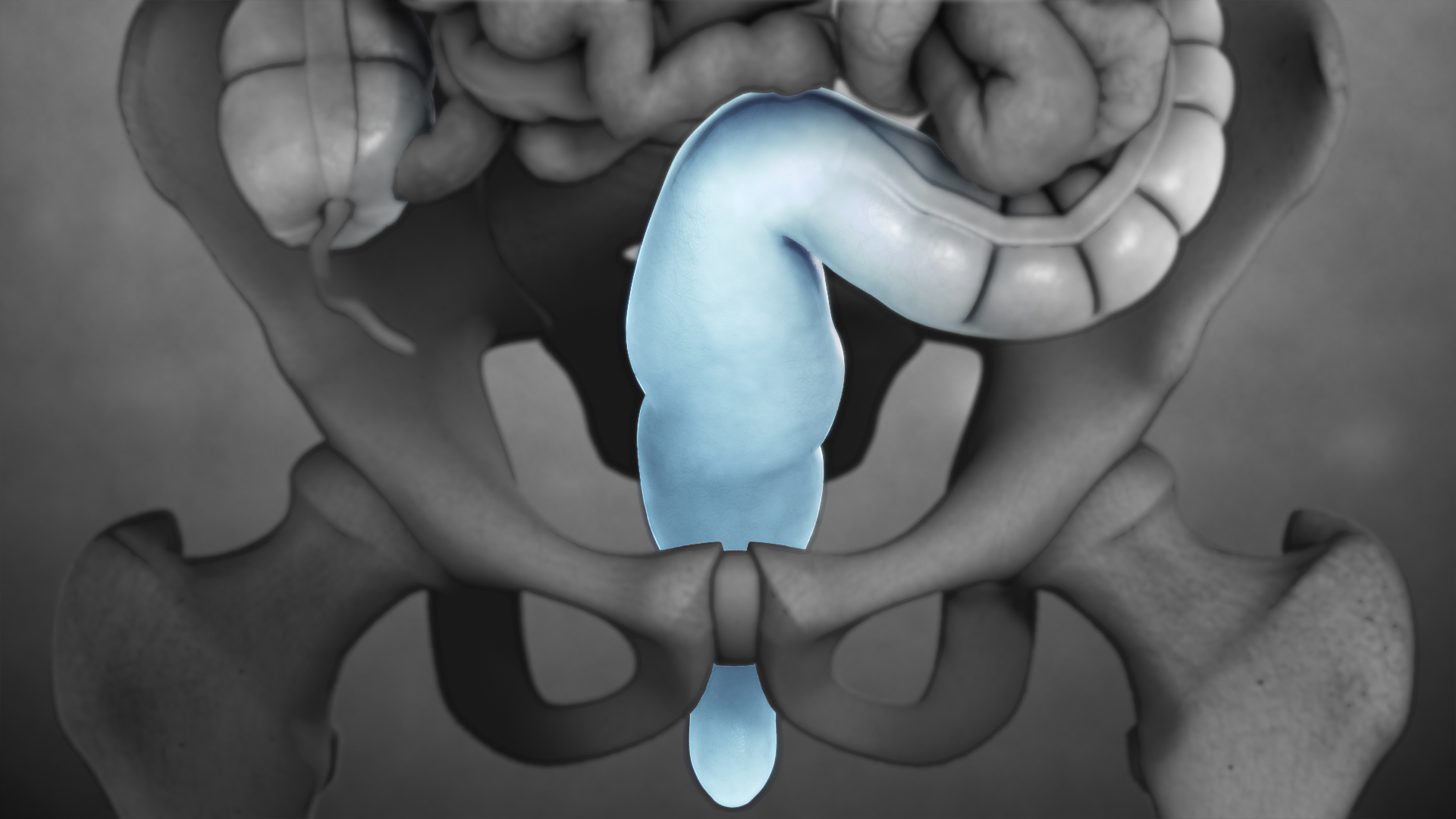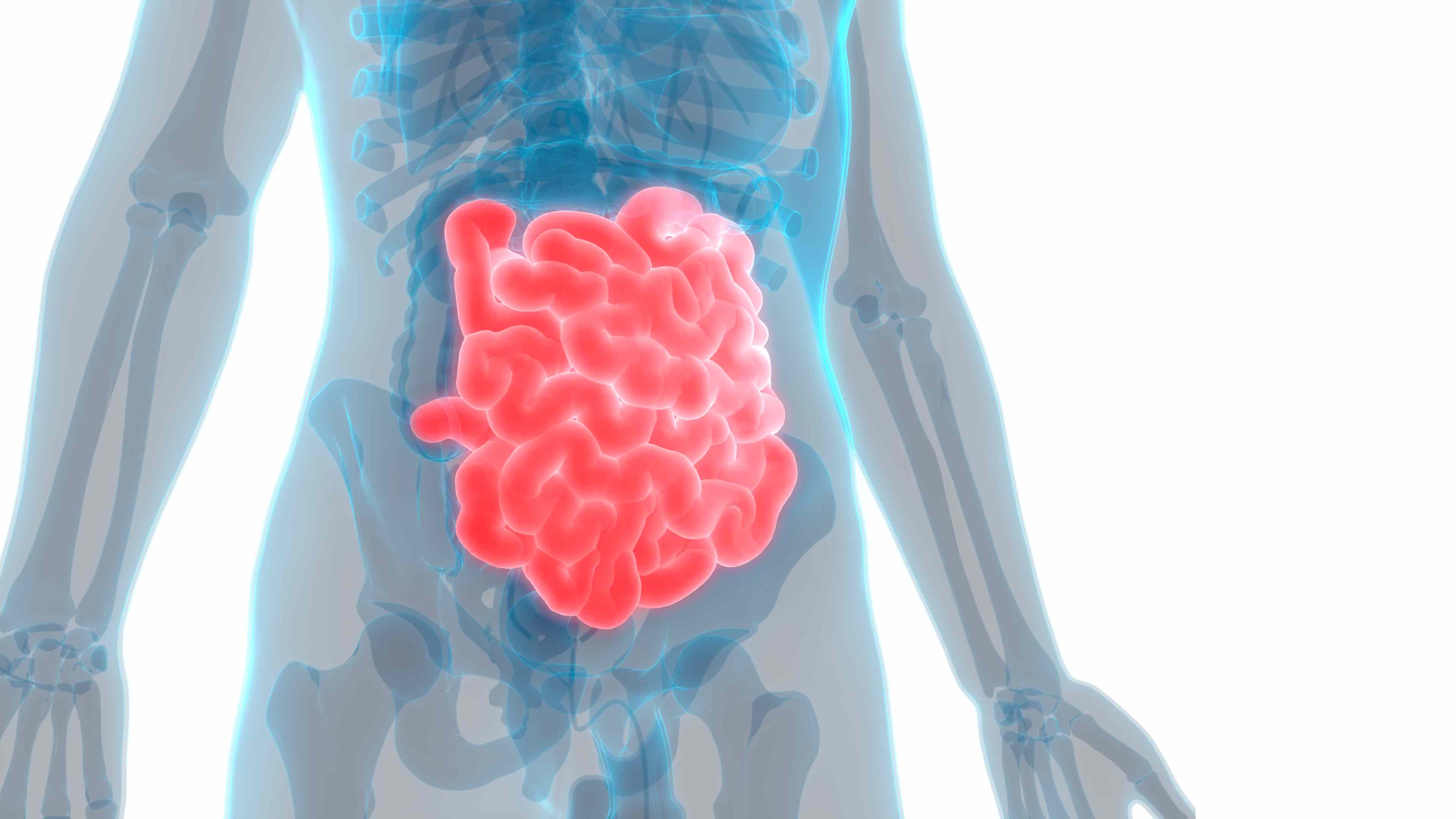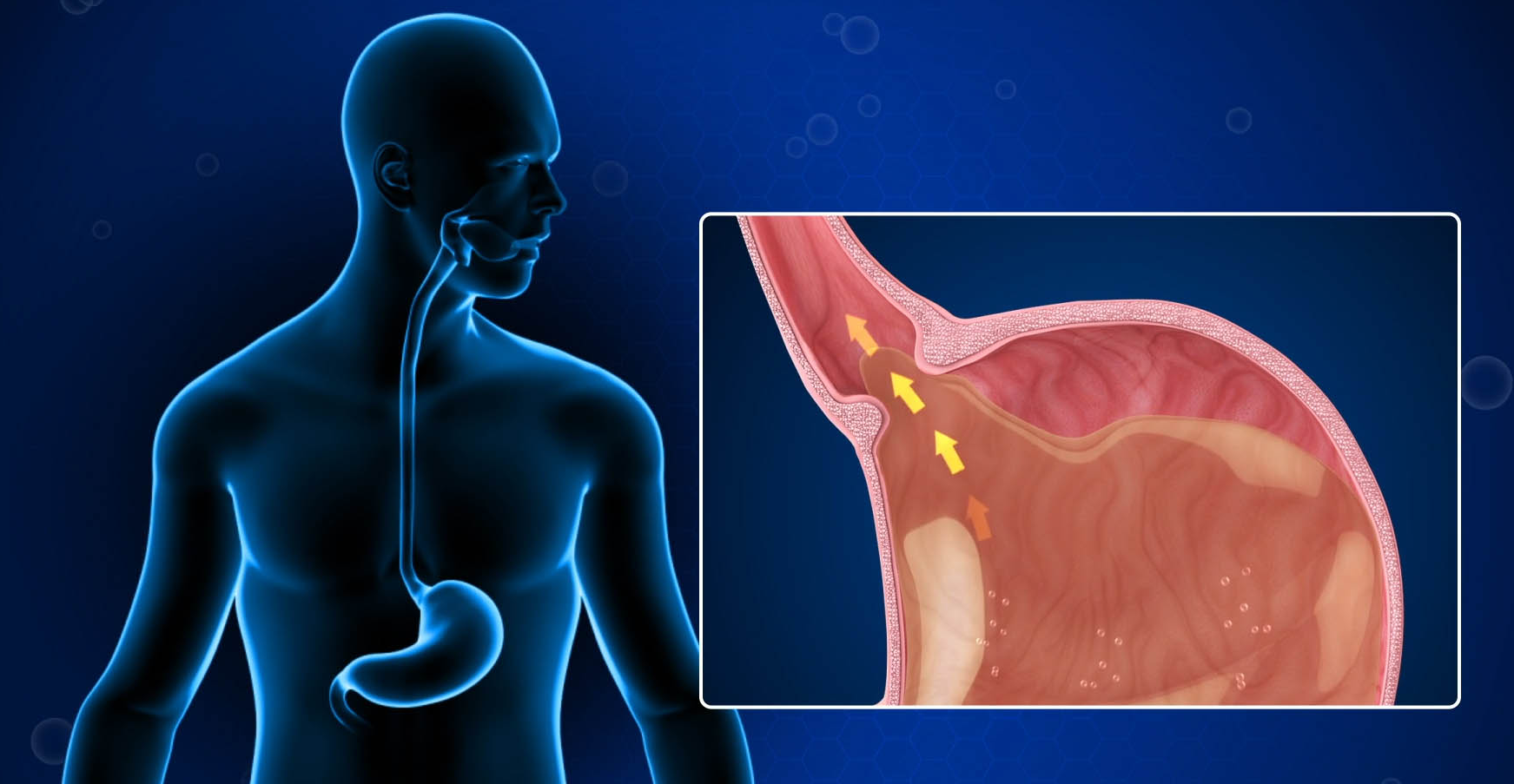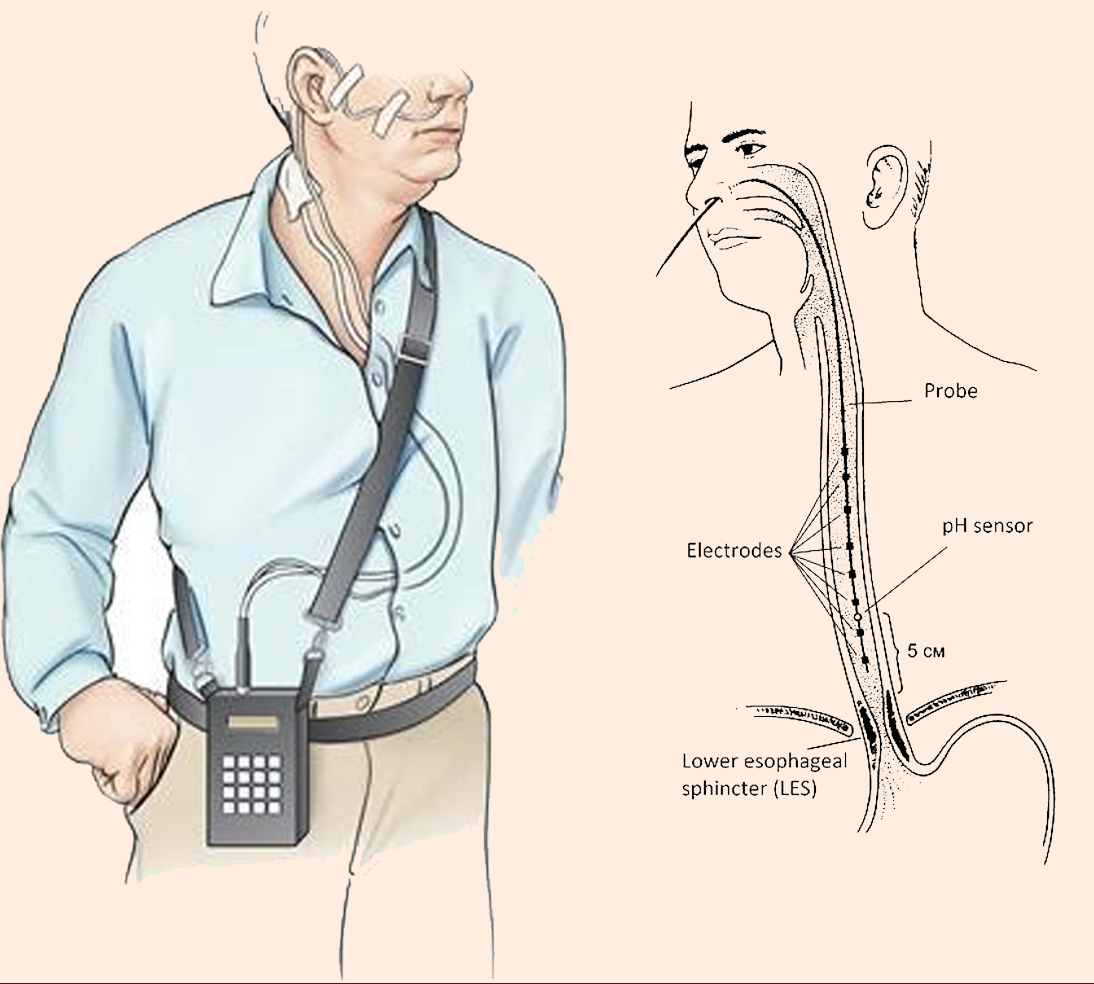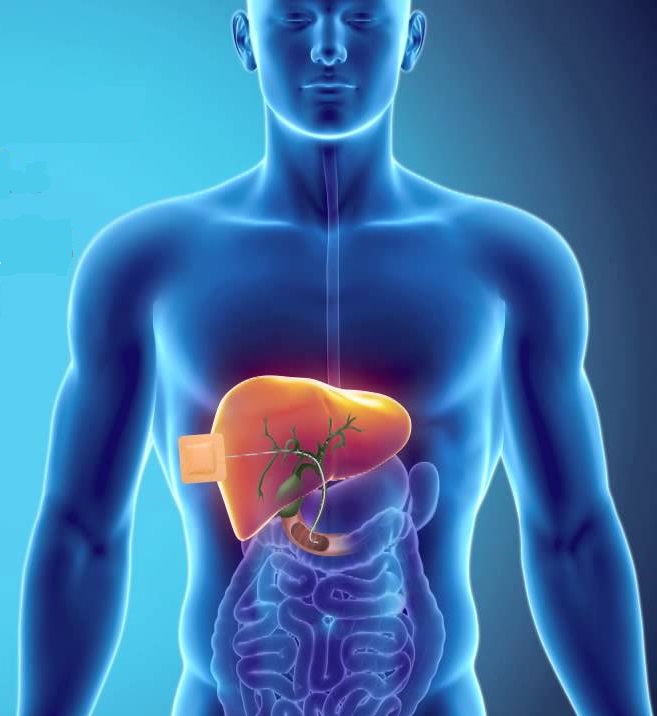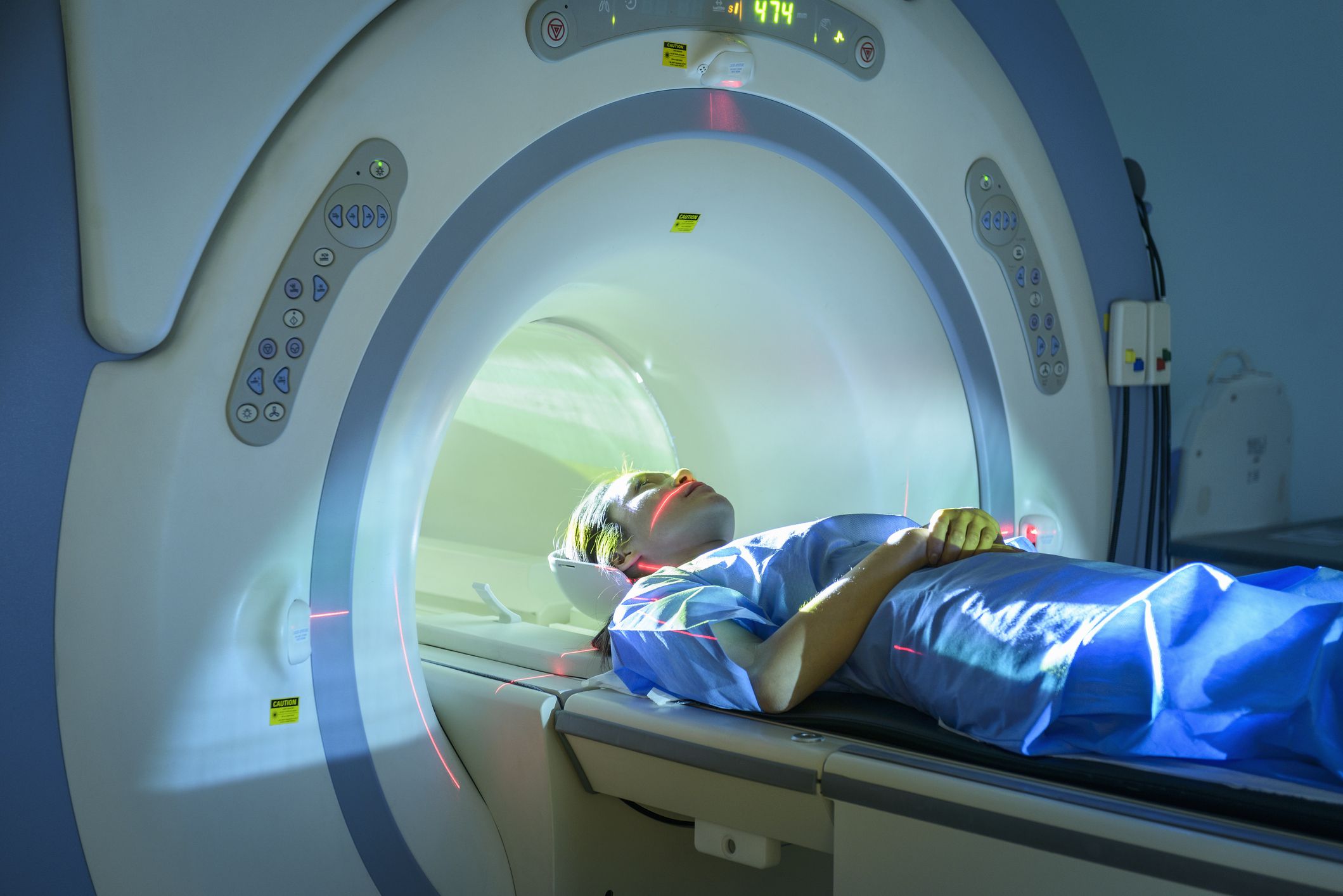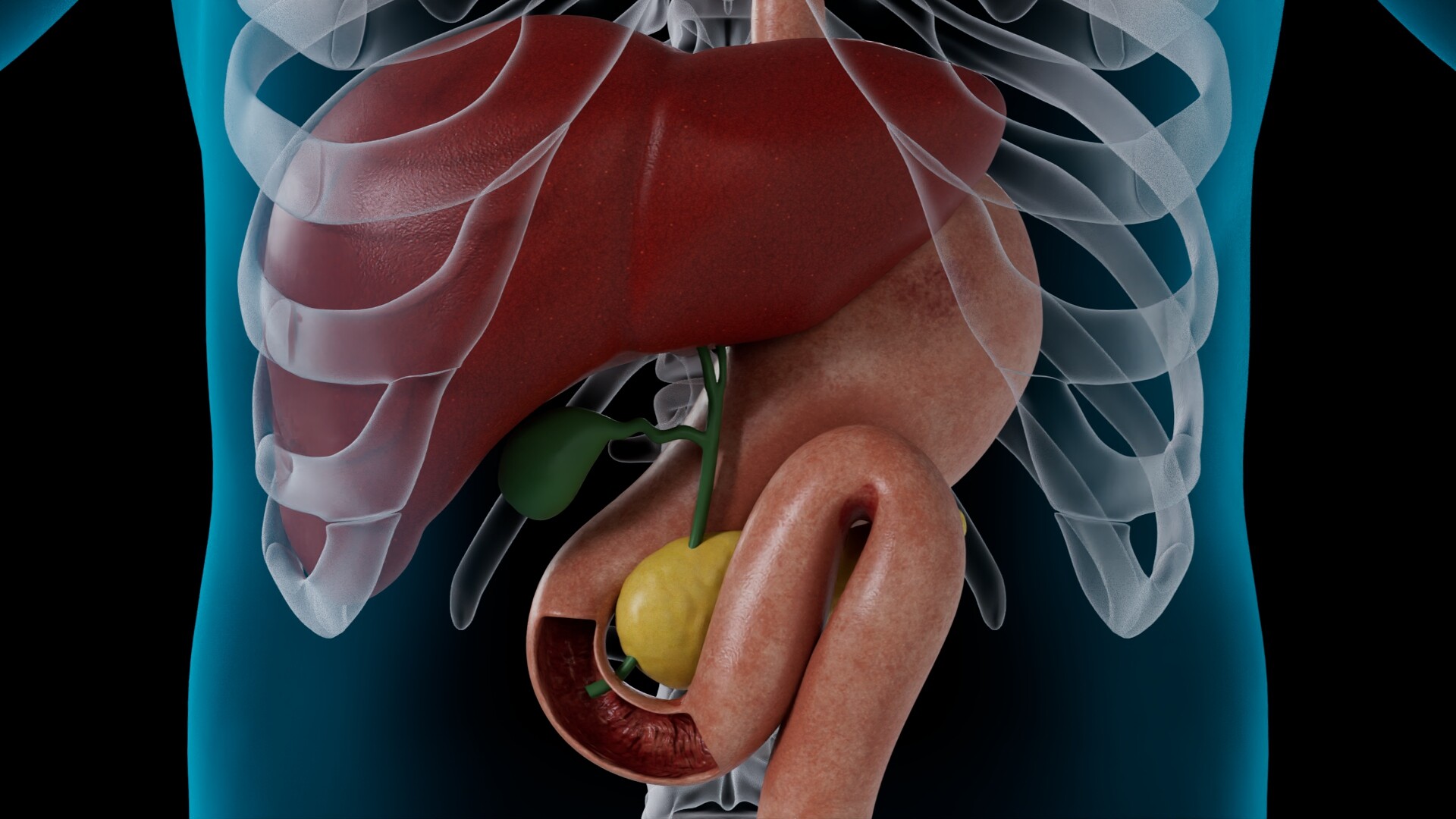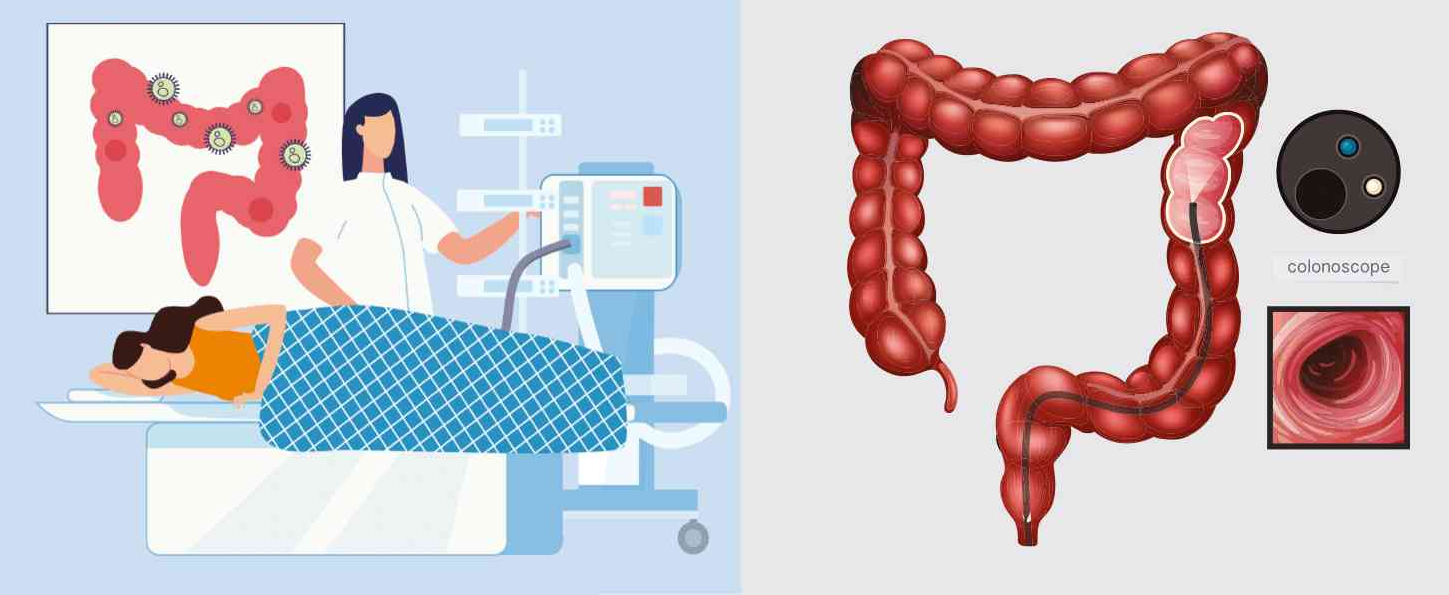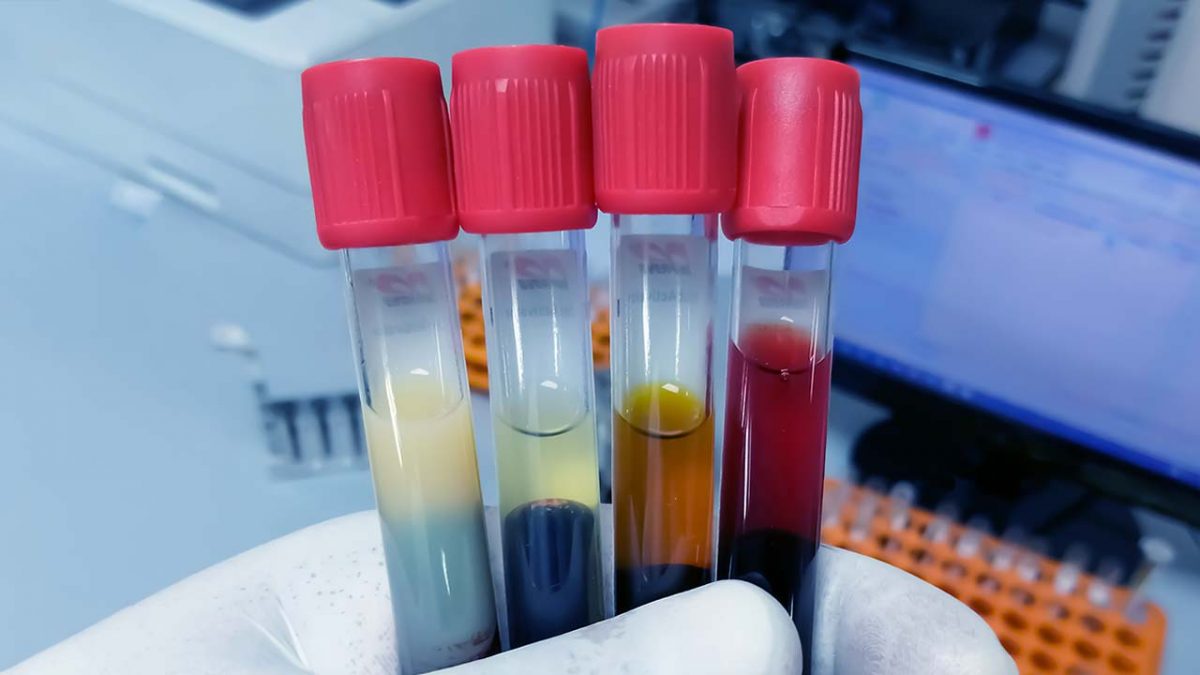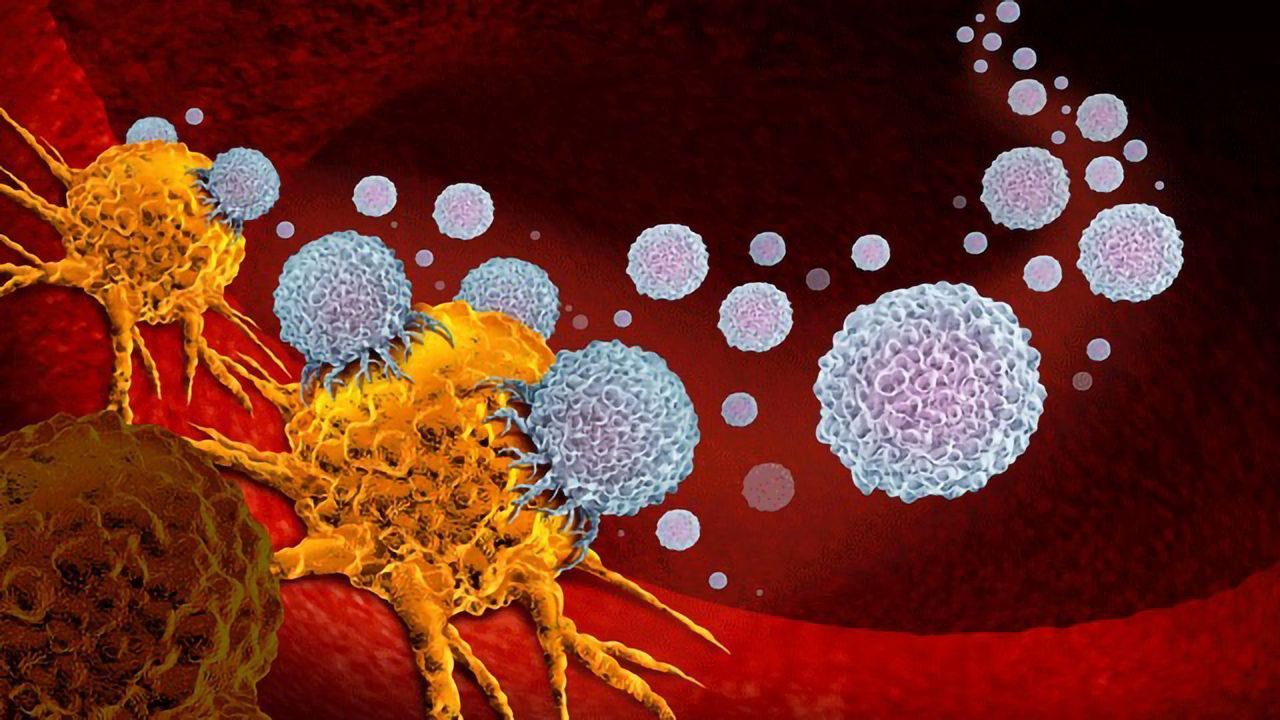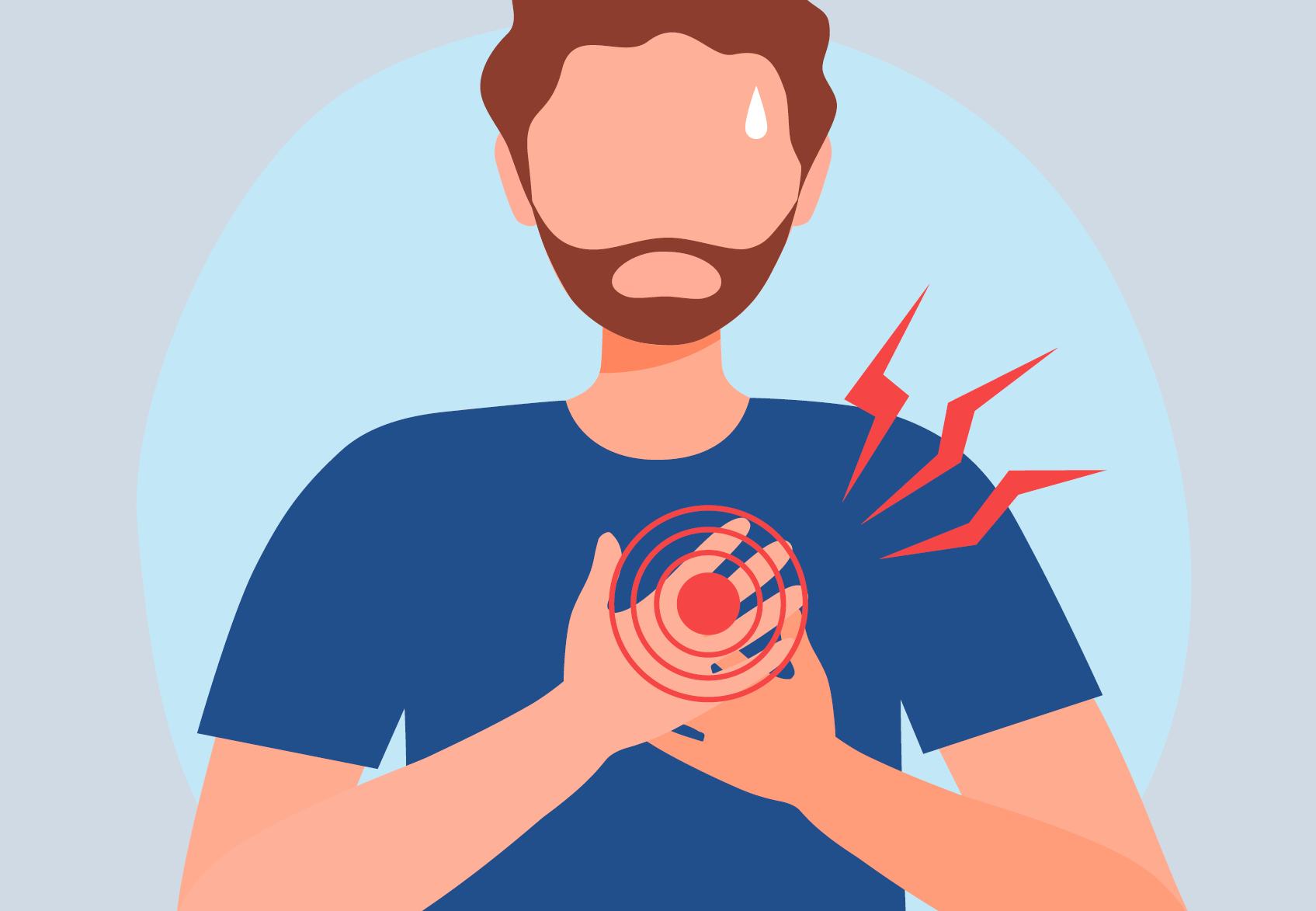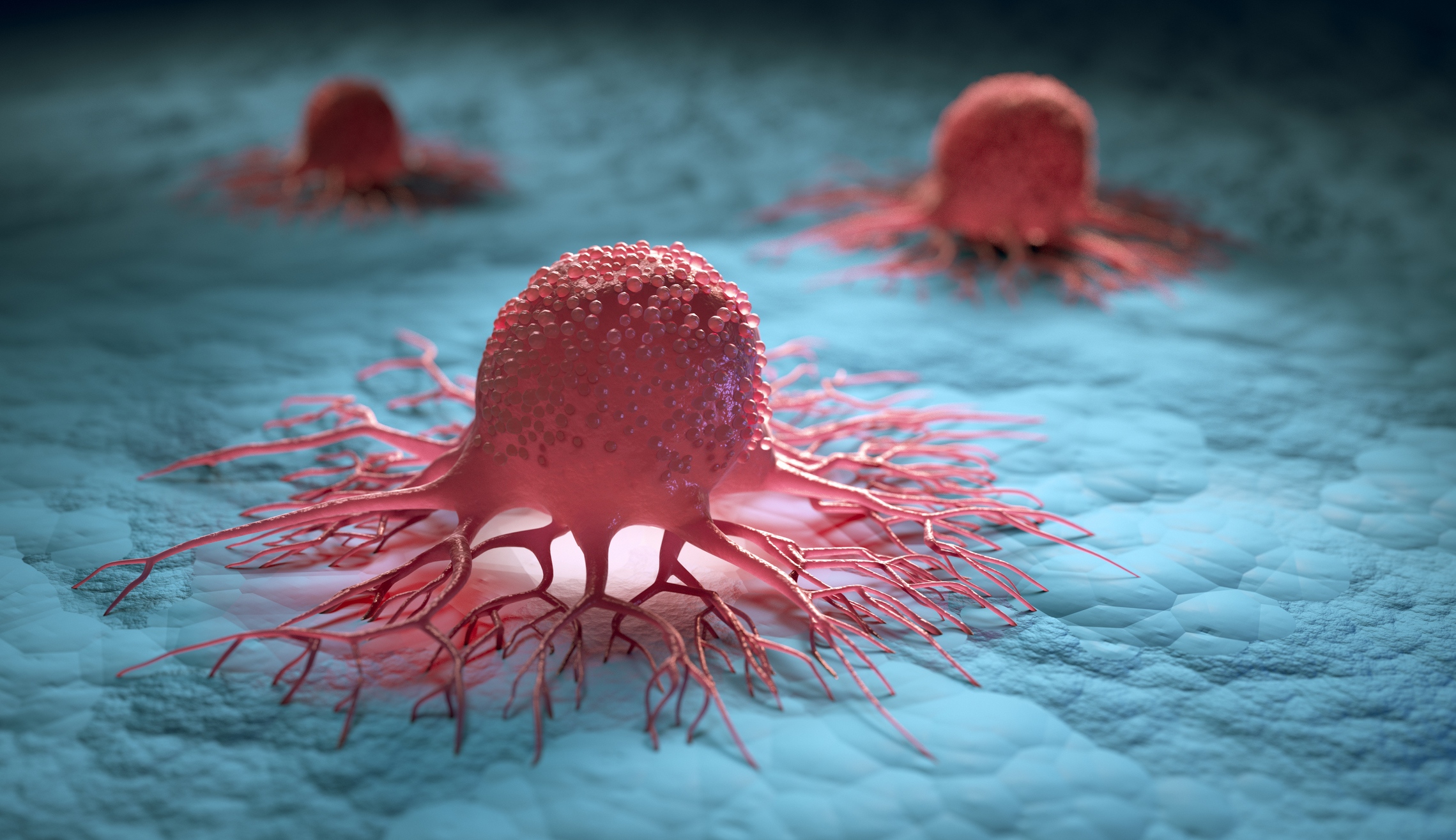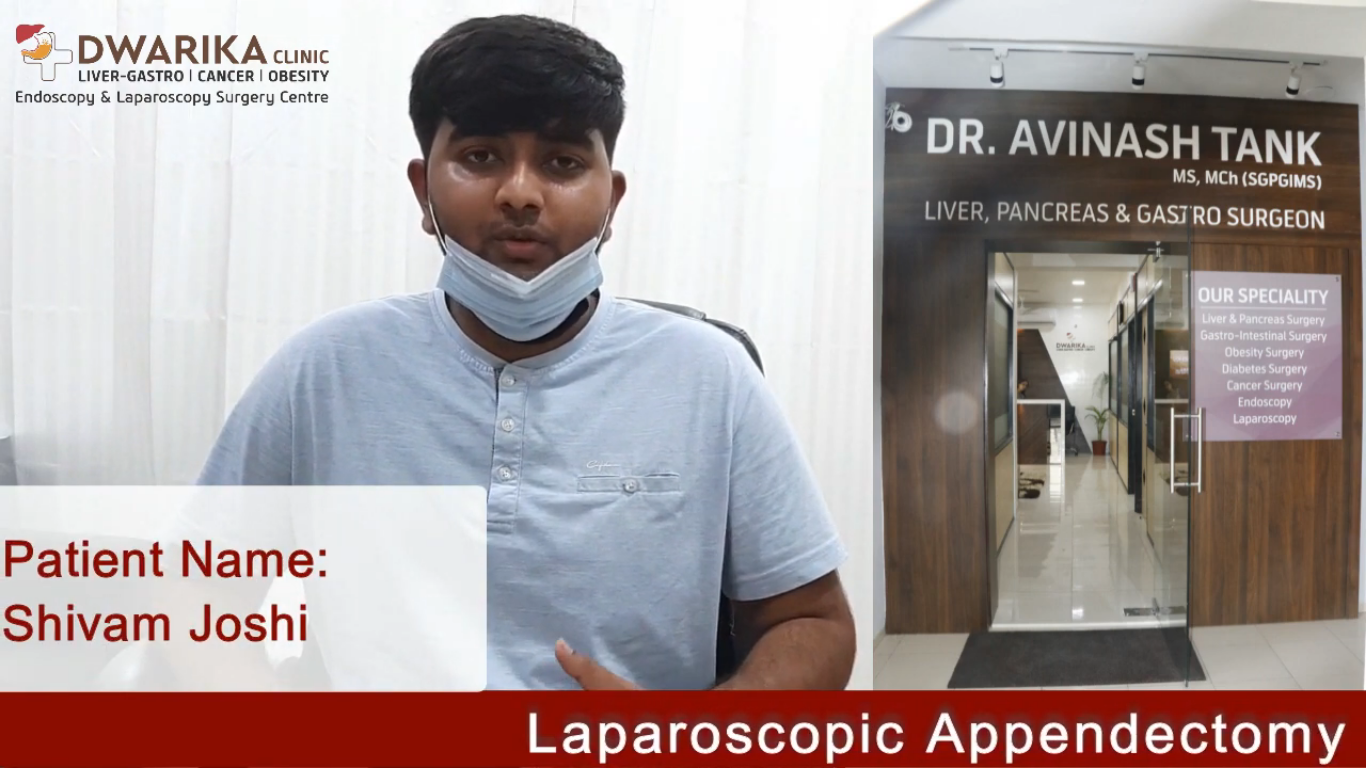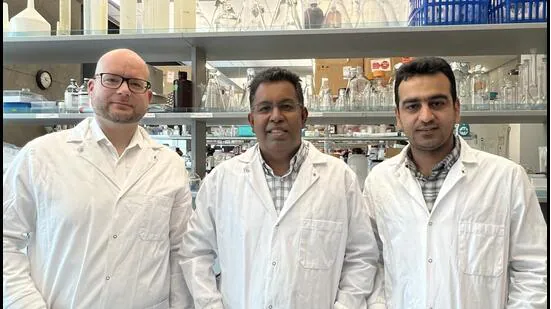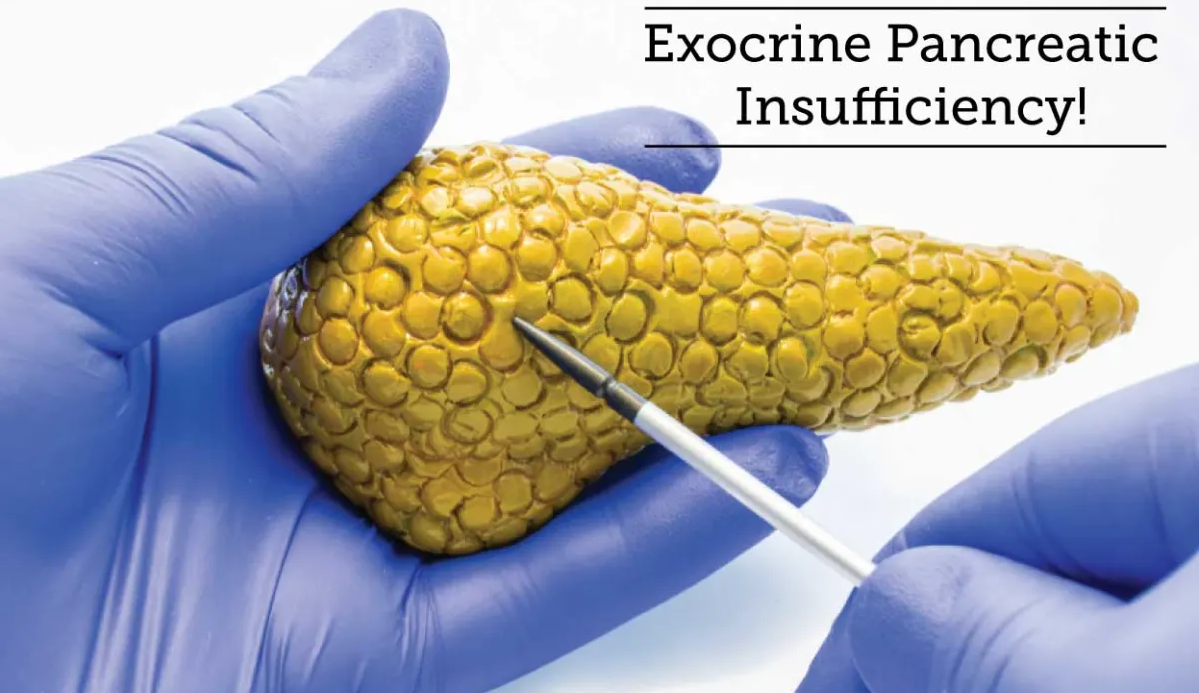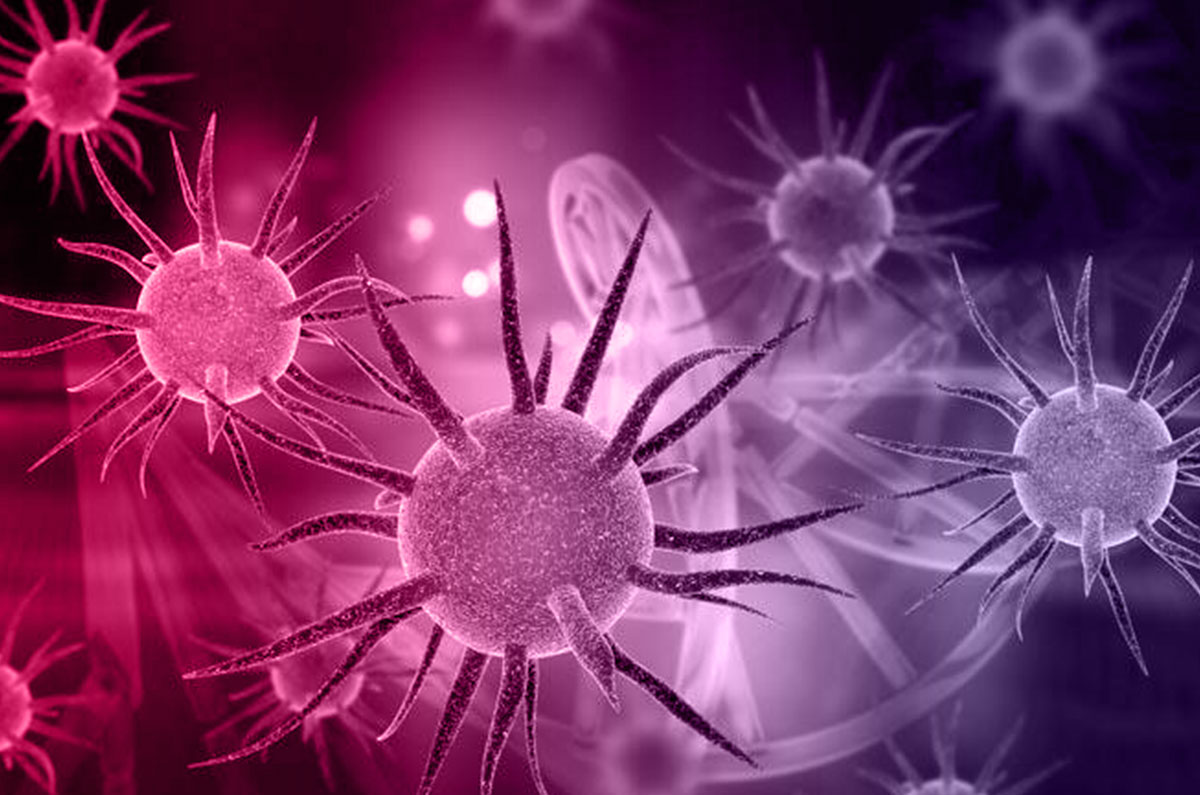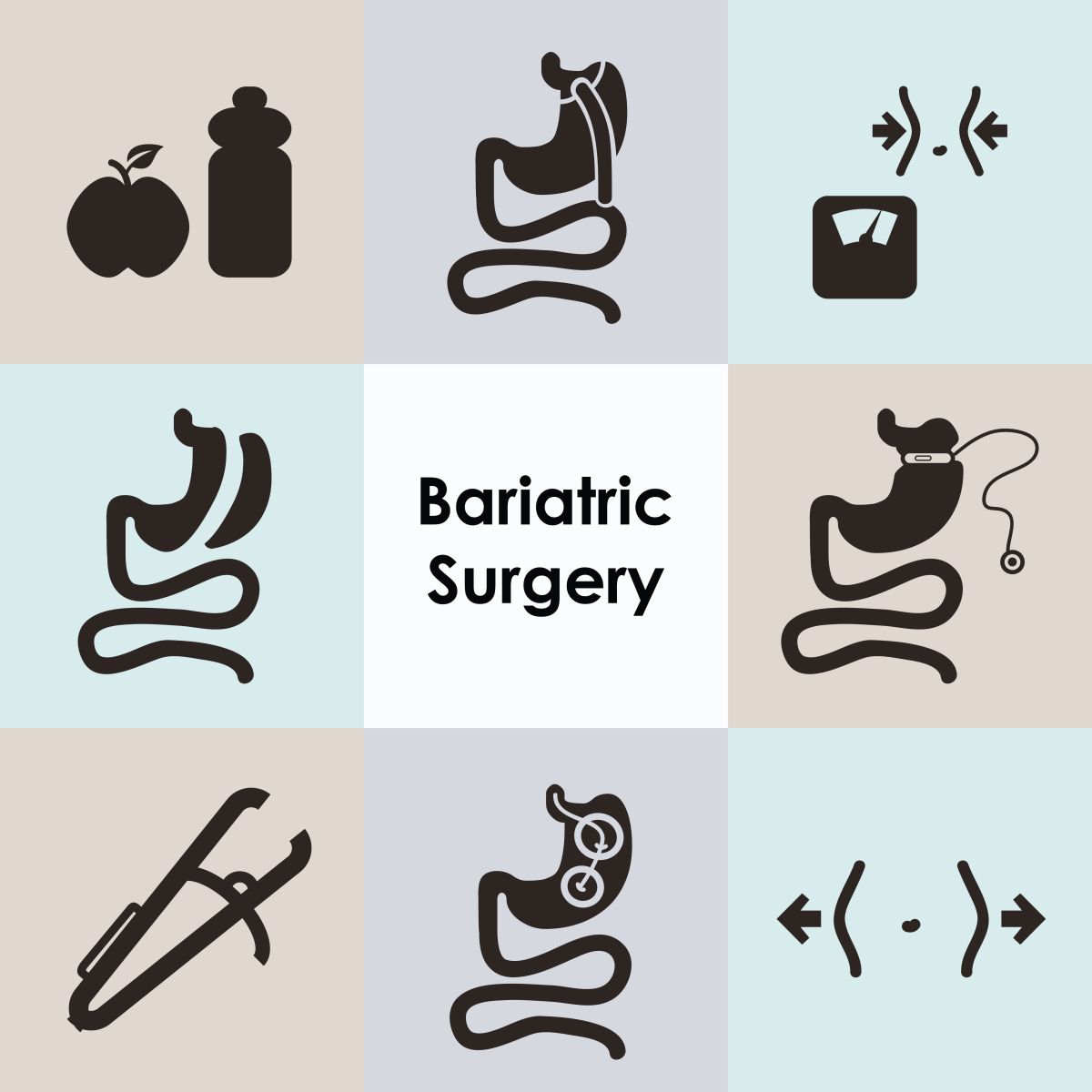Neuroendocrine Tumor, NET, Cancer, Cancer symptoms, Cancer Causes, Cancer Risk Factors, Cancer diagnosis, Cancer treatment, Cancer prevention
Neuroendocrine Tumors (NET's)- What it is, What are its Risk Factors, Causes, Treatment and more
Learn about the symptoms, causes, risk factors, diagnosis, treatment and prevention of the rare cancer 'Neuroendocrine Tumor'

WHAT IS NEUROENDOCRINE TUMOR?
Neuroendocrine tumors are cancers that begin in specialized cells called neuroendocrine cells. Neuroendocrine cells have traits similar to those of nerve cells and hormone-producing cells.
Neuroendocrine tumors are rare and can occur anywhere in the body. Most neuroendocrine tumors occur in the lungs, appendix, small intestine, rectum and pancreas.
- Gastrointestinal (GI) tract. NETs develop most commonly in the GI tract, specifically in the large intestine (20%), small intestine (19%), and appendix (4%). The GI tract plays a central role in digesting foods and liquid and in processing waste. GI tract NETs used to be called carcinoid tumors.
- Lung. The lung is the second most common location of NETs. About 30% of NETs occur in the bronchial system, which carries air to the lungs. Lung NETs also used to be called carcinoid tumors.
- Pancreas. Approximately 7% of NETs can develop in the pancreas, a pear-shaped gland located in the abdomen between the stomach and the spine. Pancreas NETs used to be called islet cell tumors.
NETs can also begin in other organs. In about 15% of cases, a primary site cannot be found. Sometimes, NETs may develop in or on the adrenal glands. These rare types of NETs are called pheochromocytoma and paraganglioma. (Source)
There are many types of neuroendocrine tumors. Some grow slowly and some grow very quickly. Some neuroendocrine tumors produce excess hormones (functional neuroendocrine tumors). Others don't release hormones or don't release enough to cause symptoms (nonfunctional neuroendocrine tumors).
Diagnosis and treatment of neuroendocrine tumors depend on the type of tumor, its location, whether it produces excess hormones, how aggressive it is and whether it has spread to other parts of the body.
WHAT ARE THE SYMPTOMS OF NEUROENDOCRINE TUMOR?
Neuroendocrine tumors don't always cause signs and symptoms at first. The symptoms you might experience depend on the location of your tumor and whether it produces excess hormones.
In general, neuroendocrine tumor signs and symptoms might include:
- Pain from a growing tumor
- A growing lump you can feel under the skin
- Feeling unusually tired
- Losing weight without trying
Neuroendocrine tumors that produce excess hormones (functional tumors) might cause:
WHEN TO SEE A DOCTOR
Make an appointment with your doctor if you have any persistent signs and symptoms that worry you.
POSSIBLE CAUSES OF NEUROENDOCRINE TUMOR
The exact cause of neuroendocrine tumors isn't known. These cancers begin in neuroendocrine cells that have traits similar to those of nerve cells and hormone-producing cells. Neuroendocrine cells are found throughout your body.
Neuroendocrine tumors begin when neuroendocrine cells develop changes (mutations) in their DNA. The DNA inside a cell contains the instructions that tell the cell what to do. The changes tell the neuroendocrine cells to multiply rapidly and form a tumor.
Some neuroendocrine tumors grow very slowly. Others are aggressive cancers that invade and destroy normal body tissue or spread (metastasize) to other parts of the body.
RISK FACTORS OF NEUROENDOCRINE TUMOR
A risk factor is anything that increases a person’s chance of developing a tumor. Although risk factors often influence the development of a tumor, most do not directly cause cancer. Some people with several risk factors never develop a tumor, while others with no known risk factors do. Knowing your risk factors and talking about them with your doctor may help you make more informed lifestyle and health care choices.
What causes most NETs is unknown, and no avoidable risk factors have been found. However, the following factors may raise a person’s risk for developing a NET:
- Inherited syndromes. Multiple endocrine neoplasia type 1 (MEN1) is a hereditary condition associated with certain types of NETs, including lung NETs, GI tract NETs, and pancreatic NETs. Other hereditary conditions related to NETs include Von Hippel-Lindau syndrome, neurofibromatosis type 1, multiple endocrine neoplasia type 2 (MEN2), and tuberous sclerosis complex.
- Race/ethnicity. In general, NETs are more common in white people than Black people. However, the location of where the NET begins varies considerably by race.
- Gender. NETs are slightly more common in women than in men, but the reason why is not known.
- Age. A person of any age can develop a NET. Children rarely develop NETs.
- Other medical conditions. Certain diseases can put people at greater risk of developing specific types of NETs. For example, people with diseases that damage the stomach and reduce acid production have a greater risk of developing a NET of the stomach.
- Environment and diet. There are no known connections between the environment and what a person eats and the risk of developing a NET.
DIAGNOSIS OF NEUROENDOCRINE TUMOR
The tests and procedures you might undergo to diagnose a neuroendocrine tumor will depend on where your tumor is located in your body. In general, tests might include:
- Physical exam. Your doctor may examine your body to better understand your signs and symptoms. He or she may feel for swollen lymph nodes or look for signs that a tumor is producing excess hormones.
- Tests to look for excess hormones. Your doctor may recommend testing your blood or your urine for signs of excess hormones that are sometimes produced by neuroendocrine tumors.
- Imaging tests. You might undergo imaging tests, such as ultrasound, CT and MRI, to create pictures of your tumor. For neuroendocrine tumors, pictures are sometimes created using positron emission tomography (PET) with a radioactive tracer that's injected into a vein.
- Procedures to remove a sample of cells for testing (biopsy). To collect the cells, the doctor might insert a long, thin tube with a light and a camera on the end into your lungs (bronchoscopy), your esophagus (endoscopy) or your rectum (colonoscopy), depending on your situation. Sometimes, collecting a tissue sample requires surgery.
If there's a risk that your neuroendocrine tumor may have spread to other parts of your body, you might have additional tests to determine the extent of the cancer.
TREATMENT OF NEUROENDOCRINE TUMOR
The treatment options for your neuroendocrine tumor will depend on the type of tumor, its location, and whether you're experiencing signs and symptoms of excess hormones produced by the tumor.
In general, neuroendocrine tumor treatment options might include:
- Surgery. Surgery is used to remove the tumor. When possible, surgeons work to remove the entire tumor and some of the healthy tissue that surrounds it. If the tumor can't be removed completely, it might help to remove as much of it as possible.
- Chemotherapy. Chemotherapy uses strong drugs to kill tumor cells. It can be given through a vein in your arm or taken as a pill. Chemotherapy might be recommended if there's a risk that your neuroendocrine tumor might recur after surgery. It might also be used for advanced tumors that can't be removed with surgery.
- Targeted drug therapy. Targeted drug treatments focus on specific abnormalities present within tumor cells. By blocking these abnormalities, targeted drug treatments can cause tumor cells to die. Targeted drug therapy is usually combined with chemotherapy for advanced neuroendocrine tumors.
- Peptide receptor radionuclide therapy (PRRT). PRRT combines a drug that targets cancer cells with a small amount of a radioactive substance. It allows radiation to be delivered directly to the cancer cells. One PRRT drug, lutetium Lu 177 dotatate (Lutathera), is used to treat advanced neuroendocrine tumors.
- Medications to control excess hormones. If your neuroendocrine tumor releases excess hormones, your doctor might recommend medications to control your signs and symptoms.
- Radiation therapy. Radiation therapy uses powerful energy beams, such as X-rays and protons, to kill tumor cells. Some types of neuroendocrine tumors may respond to radiation therapy. It might be recommended if surgery isn't an option.
Other treatments might be available to you depending on your particular situation and your specific type of neuroendocrine tumor.
PREVENTION OF NEUROENDOCRINE TUMOR
There is no sure way to prevent pancreatic neuroendocrine tumors (NETs). Some risk factors such as family history can’t be controlled. But there are things you can do that might lower your risk.
- Don’t smoke- Smoking is an avoidable risk factor for pancreatic NET. Quitting smoking may help lower risk.
- Limit alcohol use- Heavy alcohol use has been tied to pancreatic NETs in some studies but not in others. This link is still not certain, but heavy alcohol use can lead to conditions such as chronic pancreatitis, which has been associated with an increased risk of pancreatic NET.
For any health related query, consult with our experts-
REFERENCE
- https://www.mayoclinic.org/diseases-conditions/neuroendocrine-tumors/symptoms-causes/syc-20354132
- https://www.cancer.net/cancer-types/neuroendocrine-tumors/introduction
- https://rarediseases.info.nih.gov/diseases/13445/neuroendocrine-tumor
- https://www.cancer.org/cancer/pancreatic-neuroendocrine-tumor/about.html




